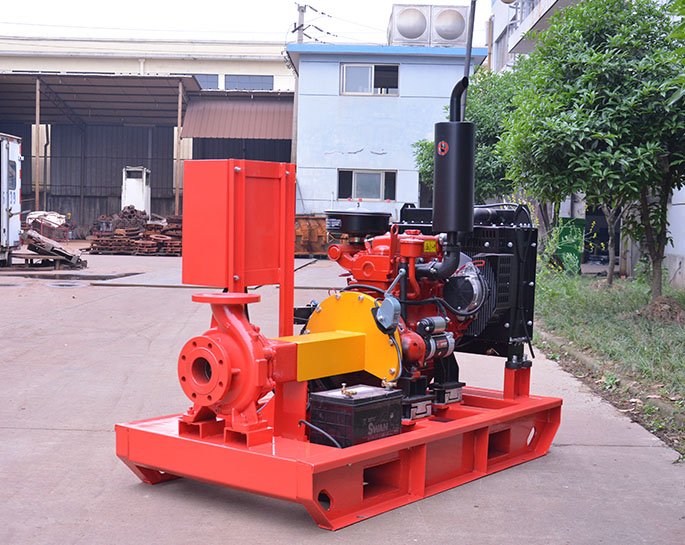How to reduce the possibility of fire pump "idling"?
"Idling" in the context of a fire pump refers to a situation where the pump is not running at its intended operational speed or not delivering water as required. Preventing idling is crucial to ensuring the fire pump's effectiveness during an emergency. Here are some steps to reduce the possibility of fire pump idling:
-
Regular Testing and Maintenance:
- Conduct routine testing and maintenance to ensure the fire pump is in proper working condition. Regular testing helps identify potential issues before they escalate.
-
Performance Testing:
- Regularly perform flow and pressure tests on the fire pump to ensure it can deliver the required water volume and pressure. This helps verify that the pump is operating at its intended performance levels.
-
Alarm Systems:
- Install and maintain alarm systems that trigger when the pump's operation deviates from the desired parameters. These alarms can alert operators to issues such as low pressure, insufficient flow, or abnormal pump behavior.
-
Automatic Start/Stop:
- Implement automatic start/stop systems that activate the fire pump when there's a drop in pressure within the system. This helps ensure that the pump starts promptly in response to fire suppression demand.
-
Remote Monitoring:
- Use remote monitoring systems to keep track of the fire pump's status and performance in real-time. Remote monitoring allows for prompt intervention if any issues arise.
-
Regular Exercising:
- Regularly exercise the fire pump by running it for a short duration to ensure it remains operational. Exercising the pump helps prevent mechanical issues that can lead to idling during emergencies.
-
Preventive Maintenance:
- Implement a preventive maintenance schedule that includes regular checks of pump components, lubrication, seals, and gaskets. Addressing potential issues before they escalate can prevent idling.
-
Training and Procedures:
- Train personnel responsible for fire pump operation and maintenance on proper procedures and emergency protocols. Ensure they understand how to respond to alarms, start the pump manually if needed, and troubleshoot issues.
-
Emergency Drills:
- Conduct regular emergency drills that simulate fire scenarios and require the pump to be activated. This helps operators become familiar with the pump's operation and response procedures.
-
Backup Power Supply:
- Ensure that the fire pump has a reliable backup power supply, such as a generator, to ensure it can operate during power outages or other disruptions.
-
Regular Inspections:
- Regularly inspect the pump system, including suction and discharge lines, for obstructions, leaks, and blockages. Address any issues promptly to prevent pump inefficiencies.
-
Proper Sizing:
- Ensure that the fire pump is correctly sized for the specific fire protection system it serves. An oversized or undersized pump can lead to operational issues, including idling.
By implementing these measures, you can significantly reduce the likelihood of fire pump idling and enhance the pump's readiness to effectively respond to fire emergencies. Remember to adhere to relevant industry standards, regulations, and manufacturer guidelines for the best results.


.png)
.png)

.png)


